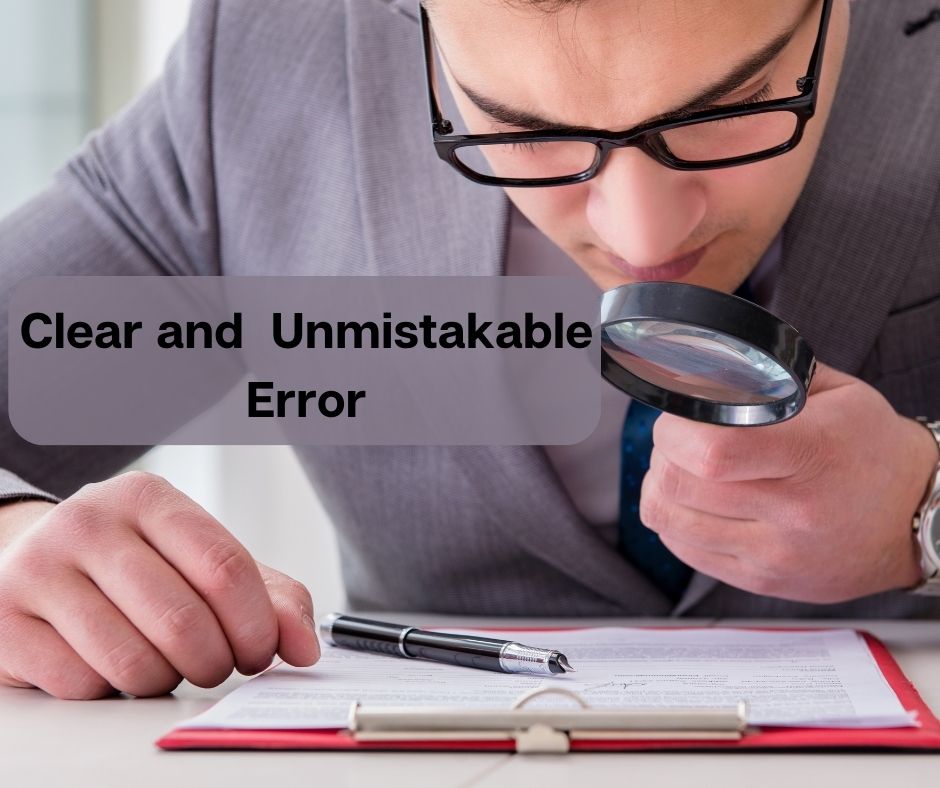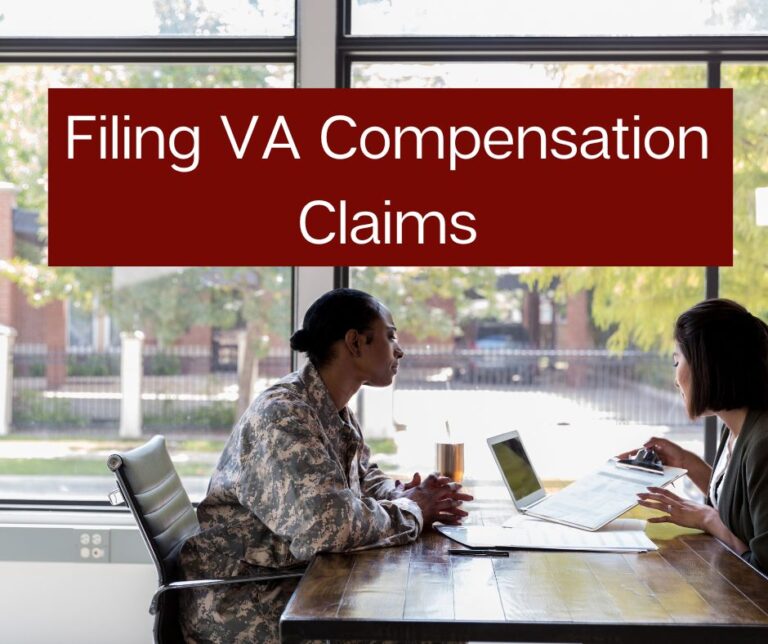From Denial to Victory: How Clear and Unmistakable Errors Can Turn the Tide
A CUE in terms of the VA is a Clear and Unmistakable Error. Everyone makes mistakes, and VA raters are included in that ‘everyone’. They sometimes make honest mistakes, yet these mistakes can cost a Veteran significant amounts of money in compensation. The mistake can range from improperly processing paperwork, to not even filing the claim. It is true that they try to avoid these types of errors, but they sometimes slip into the process.
That is why there is a method to appeal a decision by stating that the VA made a clear and unmistakable error in a case. The CUE is covered in CFR 38 with certain qualifying circumstances. The code states that a CUE exists if the following three requirements are met:
- either the correct facts, as they were known at the time, were not before the adjudicator, (e.g., the adjudicator overlooked them) or the statutory or regulatory provisions extant at the time were incorrectly applied
- the error must be the sort which, had it not been made, would have manifestly changed the outcome at the time it was made, and
- the determination must be based on the record and the law that existed at the time of the prior adjudication in question.
Note: According to the code, a CUE is undebatable. If it’s not absolutely clear that a different outcome would have resulted, then the error being complained of cannot be clear and unmistakable.
Section 1: Demystifying Clear and Unmistakable Error
A Clear and Unmistakable Error (CUE) in the context of Veterans Affairs (VA) claims refers to a specific legal concept that allows veterans to challenge and seek correction of errors made in prior VA decisions. It is a mechanism designed to ensure that veterans receive the correct benefits they are entitled to, without being bound by inaccurate or unjust past determinations.
CUE can arise when a veteran believes that an error, whether factual or legal, was made in a previous VA decision that was so clear and unmistakable that it should have been corrected at the time. These errors could include incorrect interpretations of medical evidence, legal misinterpretations, or even the omission of crucial facts that were available to the VA at the time of the original decision.
To pursue a CUE claim, a veteran must clearly and specifically identify the alleged error(s) in the prior decision, providing evidence to support their claim that the error meets the high standard of being clear and unmistakable. It’s important to note that a CUE claim is a one-time opportunity; veterans cannot repeatedly challenge the same decision on the basis of CUE.
In essence, CUE serves as a safeguard to ensure that veterans receive fair and accurate decisions from the VA. It is a legal avenue available to veterans to rectify significant errors made in past determinations that may have resulted in the denial or underestimation of their entitled benefits. Understanding CUE and how to navigate it is crucial for veterans seeking justice and the benefits they deserve.
Section 2: Recognizing Common VA Errors
According to CFR 38, a CUE will generally fall into one of these three categories.
- the decision maker failed to apply or incorrectly applied the appropriate laws or regulations
- the decision maker overlooked material facts of record, or
- the decision maker failed to follow a procedural directive that involved a substantive rule
Section 3: How to Prove Clear and Unmistakable Error
Proving a Clear and Unmistakable Error (CUE) in the context of Veterans Affairs (VA) claims is a complex process that requires careful documentation and a strong case. Following are the steps involved in attempting to prove a CUE exists.
Identify the Error: The first step is to identify the specific error in the prior VA decision that you believe qualifies as a CUE. This could be a factual error, a legal error, or both. It’s essential to pinpoint the exact nature of the error.
Gather Evidence: Collect all relevant evidence that supports your claim of CUE. This may include documents, medical records, legal precedents, or any other information that demonstrates the error. Your evidence should clearly show that the error meets the high standard of being “clear and unmistakable.”

- One thing to be aware of, though, is that new evidence cannot be entered into the case. The clear and unmistakable error must be based on the facts as presented to the VA in the claim.
Prepare a Well-Structured Argument: Craft a persuasive argument that outlines the error and why it meets the CUE criteria. Be specific and provide a clear explanation of why the prior decision was incorrect based on the evidence you’ve gathered.
Cite Legal Standards: Refer to VA regulations and legal standards that support your position. Show how the error violated these standards and why it should be corrected.
Submit a Formal Request: Prepare a formal request for a CUE review. This request should clearly state that you are alleging a CUE and provide all the supporting documentation. Make sure your request is well-organized and easy for VA officials to understand.
Be Persistent: Understand that proving a CUE can be a lengthy process, and it may involve several levels of review. Be persistent in pursuing your claim and respond promptly to any requests for additional information.
Consider Legal Assistance: If you find the process challenging or encounter resistance from the VA, consider seeking legal assistance from a qualified veterans’ advocate or attorney. They can provide expertise and guidance throughout the process.
Monitor Progress: Stay informed about the progress of your CUE claim. You can check the status through the VA’s online portal or by contacting the VA directly.
Appeal if Necessary: If your CUE claim is denied, you have the option to appeal the decision. Continue to build a strong case and present it before higher-level review boards or the Board of Veterans’ Appeals if needed.
Keep Detailed Records: Maintain meticulous records of all communication and documents related to your CUE claim. This documentation can be crucial if you need to pursue further appeals.Finally, understand that the process of locating and filing a CUE is not as simple as filing the original claim. As always, NWAVet recommends that you contact your local Veteran Service Officer for assistance. In the case of filing a CUE, it is highly recommended to seek the assistance of a VSO.







